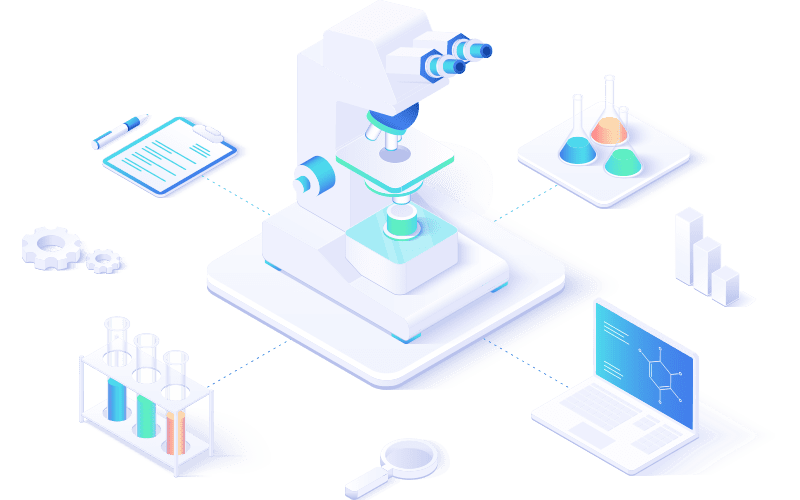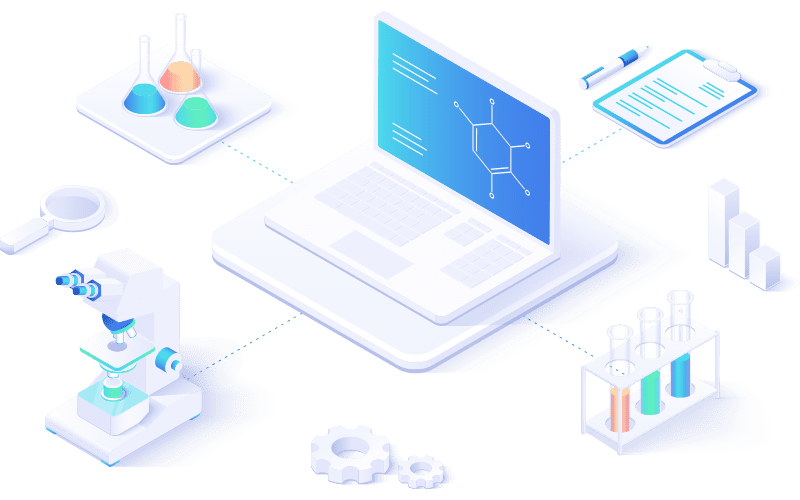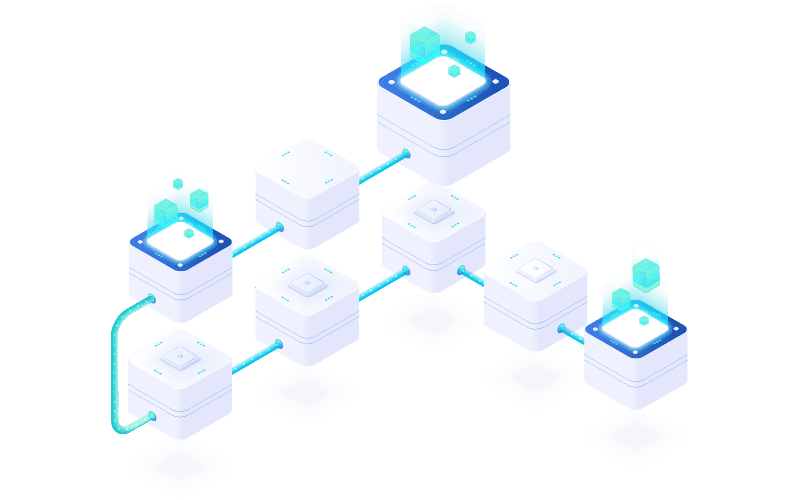
Data breaches don’t just happen to tech companies—they happen to laboratories. And when they do, the consequences can be catastrophic. From genomic data and clinical trial results to proprietary formulas and regulatory documentation, laboratories handle some of the most sensitive and high-value information in the world.
Whether you’re managing diagnostics, research, quality assurance, or compliance, a single breach could mean more than data loss. It could disrupt workflows, compromise patient safety, damage your credibility, and result in major regulatory or legal consequences.
In this article, we’ll explore the biggest cybersecurity threats facing modern labs, outline what best practices look like, and show how the LabLynx LIMS Suite, ELN Suite, and Lab Automation Suite are built to defend your data, your team, and your mission.
Why Lab Cybersecurity Matters More Than Ever
The stakes for laboratories have never been higher. As digital transformation accelerates across scientific and clinical environments, labs are rapidly adopting cloud-based systems, instrument integration, remote access, and external data exchange—all of which create new potential points of vulnerability.
According to IBM’s 2023 Cost of a Data Breach Report, the average cost of a healthcare breach reached $10.93 million—the highest across all industries. Research labs, biotech companies, and diagnostic centers are increasingly being targeted for their high-value data and limited cybersecurity infrastructure.
Consequences of poor lab cybersecurity include:
- Ransomware attacks that lock down instruments and systems
- Theft of patient data, intellectual property, or test results
- Compromised audit trails or manipulated datasets
- Regulatory non-compliance (HIPAA, FDA 21 CFR Part 11, ISO 27001, GDPR)
- Operational downtime and reputational damage
Common Cybersecurity Threats in Laboratory Environments
Labs face a unique blend of cybersecurity risks due to their reliance on integrated devices, high-volume data, and regulatory requirements.
1. Phishing and Credential Theft
Emails posing as trusted sources can trick staff into revealing login credentials or installing malware. Labs are often targeted with fake compliance notices or supply chain messages.
2. Ransomware Attacks
Cybercriminals can encrypt lab data and systems, demanding payment to restore access. These attacks can halt testing, corrupt files, and prevent regulatory reporting.
3. Insider Threats and Unintentional Errors
Employees may unintentionally compromise security by clicking malicious links, using weak passwords, or failing to follow SOPs for system access and data handling.
4. Instrument and IoT Vulnerabilities
Lab instruments connected to the network can be exploited if not properly secured, especially when using outdated firmware or unsecured Wi-Fi.
5. Inadequate Role-Based Access Controls
Without proper segmentation and user roles, unauthorized personnel may gain access to sensitive patient records, research data, or audit logs.
Cybersecurity Best Practices for Labs
Protecting your lab requires a layered approach that combines technology, policy, and training. Here are essential cybersecurity best practices every lab should implement:
- Use role-based access controls to limit system functionality based on user roles and responsibilities.
- Require strong password policies and enable multi-factor authentication (MFA) wherever possible.
- Encrypt all sensitive data, both at rest and in transit, using industry-standard encryption protocols.
- Keep software and instrument firmware updated with the latest security patches.
- Train staff regularly on cybersecurity hygiene, including phishing awareness and data protection procedures.
- Backup data frequently and verify that backups are encrypted, segregated, and restorable.
- Perform regular internal audits to ensure compliance with HIPAA, ISO, FDA, GDPR, or other applicable frameworks.
- Partner with a trusted LIMS provider that prioritizes data protection, security compliance, and operational resilience.
How LabLynx Helps Safeguard Your Laboratory
At LabLynx, cybersecurity is foundational to every product we deliver. From our cloud infrastructure to user interfaces, we design solutions that protect your data, ensure system integrity, and support regulatory compliance.
Here’s how our core products defend your lab:
LabLynx LIMS Suite
- Role-based access controls
- End-to-end encryption for data at rest and in motion
- Configurable permissions for users, groups, and modules
- Immutable audit trails and change logs
- Backup and disaster recovery features
LabLynx ELN Suite
- Version-controlled notes and protocols
- Secure e-signatures and approvals
- User authentication and session monitoring
- Data segregation for collaborative teams or research groups
LabLynx Lab Automation Suite
- Instrument sandboxing and interface protection
- Secure middleware and API encryption
- Real-time monitoring of system actions and outcomes
- Automated alerts for anomalies or suspicious activity
Security and Compliance You Can Trust
LabLynx products are developed with strict adherence to globally recognized security and privacy frameworks:
- HIPAA – Safeguarding patient and healthcare data
- FDA 21 CFR Part 11 – Electronic records and signatures
- ISO 27001 – Information security management system (ISMS) standards
- GDPR – Privacy and data protection for EU-based labs and clients
- SOC 2 Type 2 – Ongoing controls for security, availability, and confidentiality
We stay ahead of evolving threats through continuous penetration testing, vulnerability scanning, and infrastructure hardening.
From Reactive to Resilient: Build a Cybersecure Lab
Modern labs don’t just need fast results—they need resilient infrastructure. Cybersecurity must be woven into the very foundation of your lab’s operations. With LabLynx, you get more than just a LIMS—you get a security-conscious partner committed to protecting your people, your data, and your mission.
Whether you’re handling patient diagnostics, conducting regulated research, or supporting global manufacturing, our LIMS, ELN, and Automation solutions are designed to keep your lab secure, compliant, and prepared for anything.
Ready to protect what matters most?
Schedule a Demo today and discover how LabLynx keeps your lab running safely, efficiently, and confidently in a connected world.
Accelerate Your Lab's Success & Experience LabLynx
"*" indicates required fields
Explore the LabLynx Suites

LIMS Suite
Seamless Sample and Workflow Management
The LabLynx LIMS Suite empowers laboratories with the tools needed to manage samples, workflows, compliance, and more in one centralized system. It’s the backbone for labs seeking efficient, reliable, and scalable management solutions.

ELN Suite
The LabLynx ELN Suite offers a modern approach to managing lab data and experiments. With its secure, intuitive platform, your team can record, store, and collaborate effortlessly, supporting innovation every step of the way.

Lab Automation
Automate for Efficiency and Growth
Streamline operations and boost productivity with the LabLynx Lab Automation Suite. Designed for labs ready to embrace advanced automation, this suite integrates systems, instruments, and workflows to deliver efficiency at scale.

